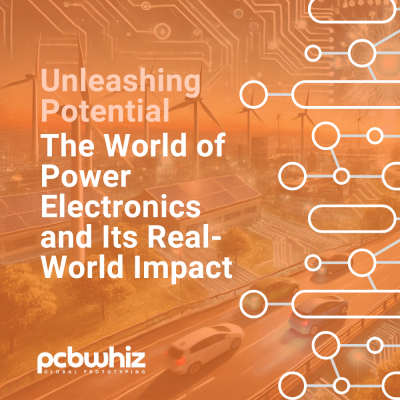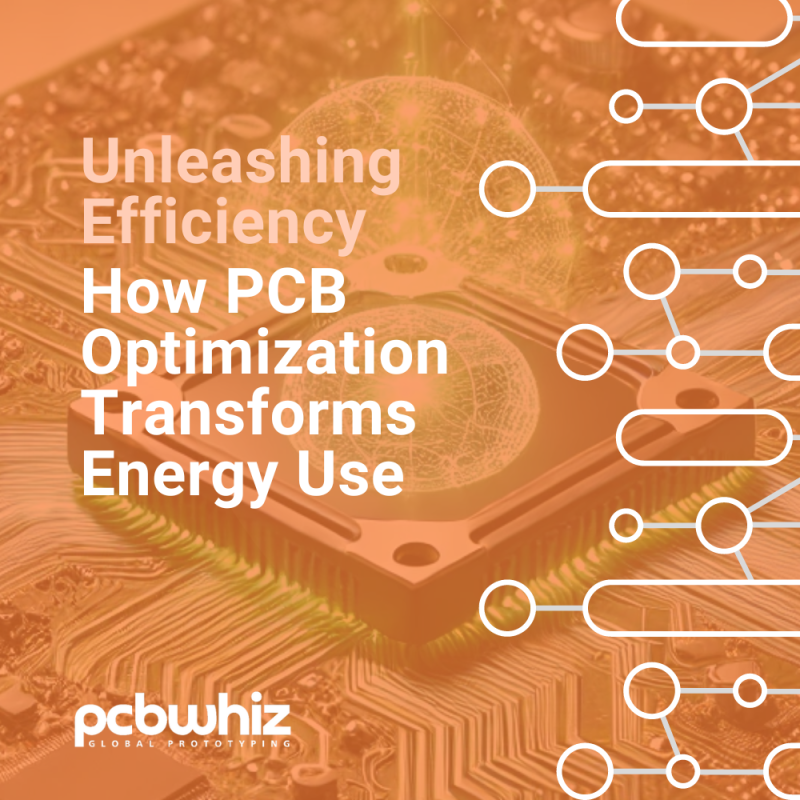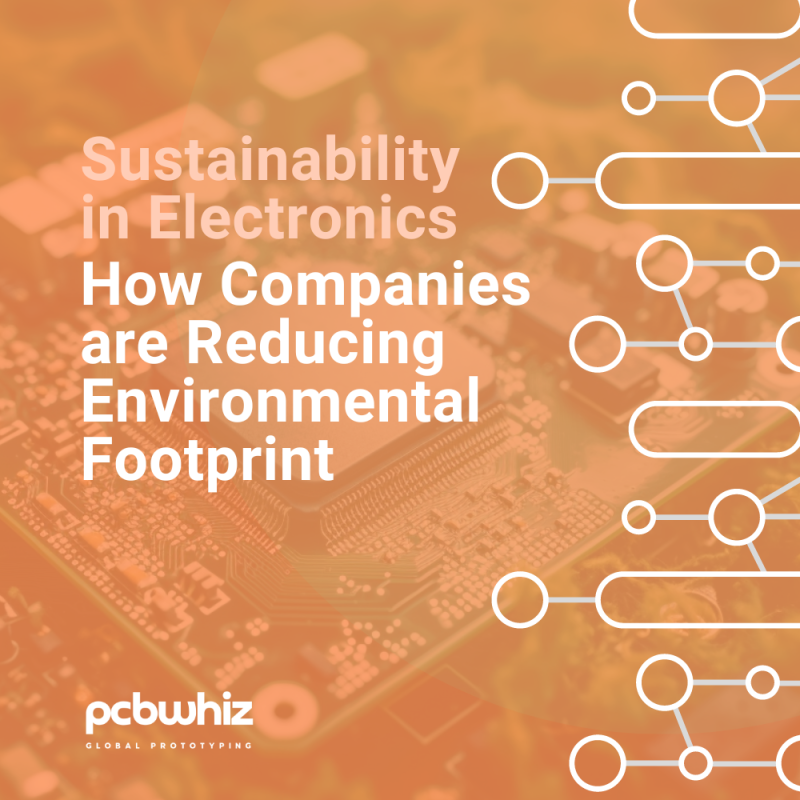Unleashing Potential: The World of Power Electronics and Its Real-World Impact
Martin Huang
Posted on December 4, 2024
Power electronics might not be the flashiest branch of engineering, but it’s undeniably one of the most influential. By managing, converting, and controlling electrical power, it has revolutionized industries ranging from renewable energy to electric vehicles and consumer electronics. Let’s explore the fundamental principles behind power electronics, its transformative applications, and the ways it shapes our modern world.

What Is Power Electronics?
At its heart, power electronics is all about efficiency—getting the right amount of electrical power to the right place in the most effective way possible. Here's how it works:
• Power Semiconductor Devices:
The backbone of power electronics, these devices—like diodes, transistors, and thyristors—handle high currents and voltages, making it possible to regulate power flow with precision.
• Switching Techniques:
By rapidly switching power devices on and off, these techniques allow for tight control over voltage and current. This approach minimizes energy waste and enables precise power delivery.
• Pulse Width Modulation (PWM):
PWM is a smart way to control power. By adjusting the "on" and "off" times of an electrical signal, the amount of power sent to a device can be finely tuned.
How Power Electronics Shapes Everyday Life
The reach of power electronics extends far beyond the lab or factory floor. It’s woven into the fabric of our everyday lives and pivotal to some of the most exciting technological advancements.
1. Renewable Energy Systems
Solar panels and wind turbines might grab the headlines, but power electronics is the unsung hero making them work. By converting DC power generated by these systems into grid-compatible AC power, it ensures efficient energy transfer and helps integrate green energy into our daily lives.
2. Electric Vehicles (EVs)
The silent power behind EVs, power electronics converts battery-stored DC power into the AC power that drives electric motors. It also powers regenerative braking, which recaptures energy during braking and feeds it back into the battery, boosting efficiency.
3. Industrial Automation
From controlling conveyor belts to optimizing factory robotics, power electronics keeps industry moving. By offering precise motor control and variable speed settings, it enables smarter, more energy-efficient automation.
4. Consumer Electronics
Every time you charge your phone, watch TV, or turn on a laptop, you’re benefiting from power electronics. It ensures devices run efficiently, batteries charge quickly, and voltage levels stay stable—making tech more reliable and longer-lasting.
5. Power Supplies
From the tiny power bricks charging your gadgets to industrial-scale AC-DC and DC-DC converters, power supplies depend on power electronics for stable, efficient operation.
Why Power Electronics Matters
The influence of power electronics goes far beyond convenience. It’s a key player in solving some of the world’s biggest challenges:
• Energy Efficiency
By minimizing energy losses during power conversion, power electronics reduces electricity consumption and carbon emissions—a win for both the planet and your wallet.
• Sustainable Transport
As electric cars replace gas-guzzlers, power electronics ensures they operate smoothly, charge quickly, and use energy efficiently—accelerating the shift to greener mobility.
• Renewable Energy Integration
By making solar and wind power compatible with the grid, power electronics enables widespread adoption of clean energy, reducing reliance on fossil fuels.
• Industrial Innovation
With high-precision motor control and energy-saving systems, power electronics makes factories more efficient, reliable, and environmentally friendly.
Challenges and What’s Next
While power electronics has already transformed industries, it’s constantly evolving to meet new demands and overcome emerging challenges.
1. Boosting Efficiency
Engineers are working to further reduce power losses and improve overall system performance with advanced designs and materials.
2. Wide Bandgap Semiconductors
Materials like silicon carbide (SiC) and gallium nitride (GaN) are setting the stage for a new era of power electronics. These semiconductors operate at higher voltages, switch faster, and handle heat better, paving the way for smaller, more efficient systems.
3. Energy Storage Solutions
With renewable energy growing, efficient energy storage is critical. Power electronics facilitates reliable, fast charging and discharging of batteries, ensuring energy is available when needed.
4. Powering the Internet of Things (IoT)
As IoT devices proliferate, there’s a growing need for energy-efficient solutions. From wireless power transfer to energy harvesting, power electronics is making IoT a practical reality.
A Bright Future Ahead
Power electronics is more than a field of study—it’s a driver of innovation, sustainability, and progress. Whether it’s enabling the next generation of electric vehicles, integrating renewable energy into the grid, or powering the devices we rely on, it’s at the heart of a greener, smarter, and more connected world. And as technology continues to evolve, so too will the transformative potential of power electronics.
Keep Reading...

Unleashing Efficiency: How PCB Optimization Transforms Energy Use
In einer Welt, in der Energieeinsparung und Nachhaltigkeit von größter

Sustainability in Electronics – How Companies are Reducing their Environmental Footprint
In der heutigen Welt kann die Bedeutung der Nachhaltigkeit gar



